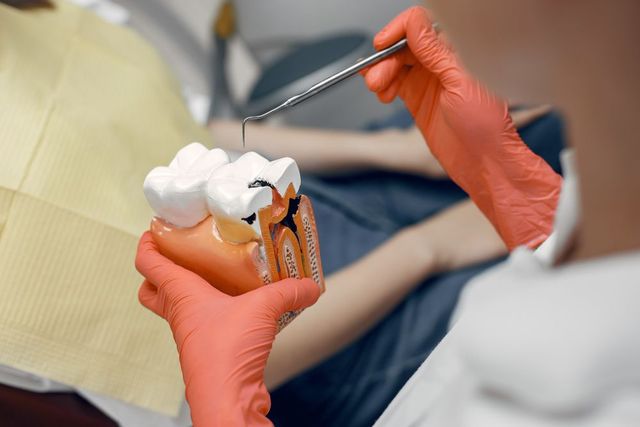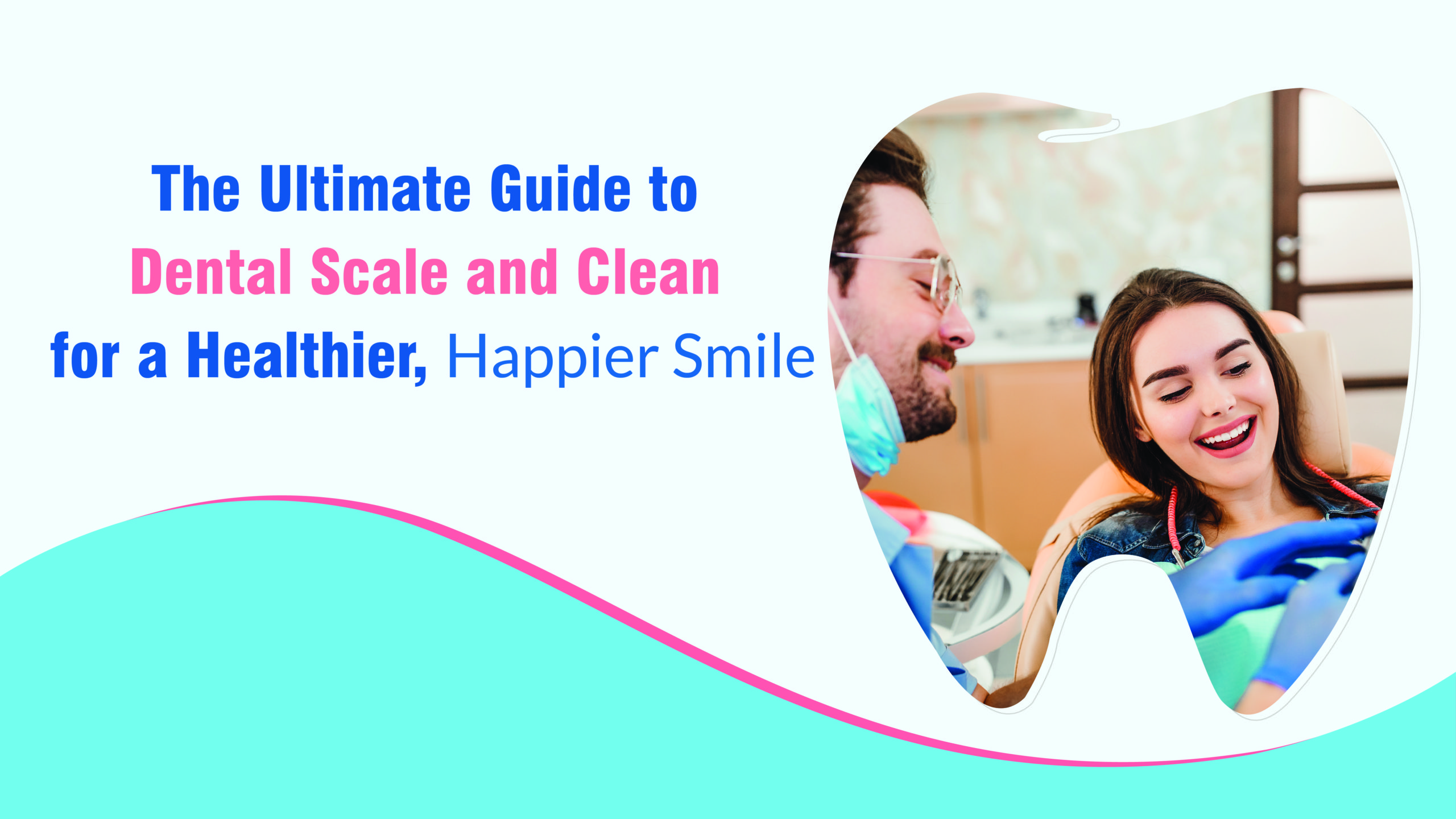Physical Address
304 North Cardinal St.
Dorchester Center, MA 02124
To clean a dental bridge, use a soft-bristled toothbrush and gently brush around and under the bridge to remove any food particles. Then, use floss threaders or interdental brushes to clean between the bridge and the gums for thorough cleaning.
Maintaining proper oral hygiene is essential for the longevity of dental bridges. Regular cleaning helps prevent plaque buildup and reduces the risk of gum disease and decay. Proper cleaning techniques and consistent oral care can ensure the dental bridge remains in good condition for a longer period.
Regular dental check-ups and professional cleanings are also important to monitor the health of the dental bridge and ensure any issues are addressed promptly. With proper care, a dental bridge can provide functionality and aesthetics for many years.

Credit: www.hoffmannfamilydentistry.com
To clean a dental bridge, gently brush the abutments and pontic twice a day with a soft-bristled toothbrush and floss underneath the bridge daily using a floss threader. Using an antimicrobial mouth rinse can also help maintain oral hygiene and keep the bridge clean and free of plaque buildup.
Understanding Dental Bridges Dental bridges are used to replace missing teeth and restore the function and appearance of a patient’s smile. Understanding the different types of dental bridges and why proper cleaning is crucial is essential for maintaining oral health and the longevity of the dental restoration. Types of Dental Bridges There are four main types of dental bridges: traditional, cantilever, Maryland, and implant-supported. A traditional dental bridge is the most common type, consisting of a false tooth (pontic) held in place by dental crowns on either side of the gap. A cantilever bridge is used when there are adjacent teeth on only one side of the gap. A Maryland bridge involves bonding the false tooth to the adjacent teeth using metal or porcelain framework. Implant-supported bridges are anchored to dental implants placed in the jawbone. Each type of bridge has its own unique benefits and considerations. Why Cleaning is Crucial Proper cleaning of a dental bridge is crucial for maintaining oral hygiene and preventing potential issues. Failure to clean a dental bridge can lead to plaque and bacteria buildup, which may result in gum disease, bad breath, and even potential damage to the bridge itself. Regular and thorough cleaning, including flossing under the false tooth, is essential for preserving the health of the surrounding teeth and the durability of the bridge. In summary, understanding the different types of dental bridges and the importance of proper cleaning is vital for anyone with a dental bridge. By being knowledgeable about these aspects, individuals can take the necessary steps to maintain their oral health and ensure the longevity of their dental restoration.
Credit: www.springvaledental.com.au
When it comes to maintaining the longevity and integrity of your dental bridge, having the right tools and products for cleaning is essential. By using the correct instruments and specialized cleaning products, you can effectively remove plaque, bacteria, and food debris, ensuring the health and appearance of your dental bridge.
Toothbrushes with soft bristles are the most suitable for cleaning dental bridges as they are gentle on the prosthetic material. Using a small-headed toothbrush allows for better access to hard-to-reach areas around the bridge. When it comes to flossing, waxed dental floss is the recommended choice as it easily glides between the teeth and underneath the bridge without getting caught or fraying.
There are specialized cleaning products designed specifically for maintaining the cleanliness of dental bridges. Dental bridge cleaners are available in both paste and gel form and are formulated to effectively remove plaque and debris without causing damage to the bridge. Antibacterial mouthwash is also recommended to reduce the buildup of harmful bacteria around the bridge and the surrounding gum tissue.
When it comes to maintaining good oral hygiene with a dental bridge, it’s crucial to follow a step-by-step cleaning process. Proper cleaning can help prevent plaque buildup and ensure the longevity of your bridge.
For your dental bridge, use a soft-bristled toothbrush. Brush gently in a circular motion to remove food particles and plaque. Ensure to brush both the top and bottom of the bridge. Rinse thoroughly with water after brushing.
Flossing around your dental bridge is essential to remove debris stuck between teeth. Use a floss threader or a specialized floss for bridges. Gently slide the floss between the teeth and bridge to clean the area effectively.
Proper cleaning of dental bridges is crucial for maintaining oral hygiene. To clean a dental bridge, use a soft-bristled toothbrush and dental floss to remove food particles and plaque. Additionally, rinse with an antimicrobial mouthwash to keep bacteria at bay.
Regular maintenance ensures the longevity of your dental bridge.
To ensure the longevity and effectiveness of your dental bridge, it is important to follow these additional tips for maintenance:
Regular dental check-ups are crucial in maintaining the health of your dental bridge. Schedule appointments with your dentist every six months or as recommended. During these visits, your dentist will thoroughly examine your bridge and monitor its condition. They can detect any potential issues early on and provide the necessary treatment to prevent further damage. Additionally, professional cleaning ensures that plaque and tartar buildup, which can compromise the integrity of your bridge, are removed.
Developing good habits is key to maintaining the longevity of your dental bridge. Avoid biting down on hard objects such as pen caps, ice cubes, or fingernails, as these can cause damage to your bridge. Similarly, refrain from using your teeth as tools to open packages or bottles. These habits can place unnecessary stress on your bridge, leading to fractures or dislodgment.
It is also important to be mindful of your diet. Limit the consumption of sticky and sugary foods, as they can get trapped around the bridge and increase the risk of decay. Opt for a diet rich in fruits, vegetables, lean proteins, and whole grains, which promote overall dental health.
Moreover, if you participate in contact sports or activities that carry a risk of dental injury, such as horseback riding, make sure to wear a mouthguard to protect your bridge from potential damage.
By adhering to these additional tips for maintenance, you can keep your dental bridge in optimal condition, ensuring a healthy and confident smile for years to come.
Dental bridge maintenance requires regular cleaning to prevent common issues. Follow these steps to clean your dental bridge effectively and ensure oral hygiene.

Credit: www.broomfielddentists.com
Professional cleaning procedures play a crucial role in maintaining the longevity and health of your dental bridge.
Regular dental cleanings are essential for preventing plaque, decay, and gum disease.
To maintain a healthy dental bridge, regular cleaning is essential. By following these simple steps, you can help prevent plaque buildup and maintain optimal oral hygiene. Remember, consistency is key in preserving the longevity and functionality of your dental bridge.
Keep your smile shining brightly with proper care.